#Kwaidan
Explore tagged Tumblr posts
Text







Kwaidan : The Black Hair (1964)
An impoverished swordsman divorces his wife and leaves her for a woman of a wealth to attain greater social status. However, his new wife is shown to be callous and selfish, that he misses his first wife and realizes what a terrible husband he is.
He returns home to ask her for forgiveness and all is well as they spend the night talking and loving each other, until he wakes up the next day. He realizes that his home is now in ruins, and discovers that his wife has died long before he got home.
#kwaidan#kurokami#Michiyo Aratama#Misako Watanabe#Rentarō Mikuni#japanese film#japanese folktale#japanese folklore#japan
22 notes
·
View notes
Text
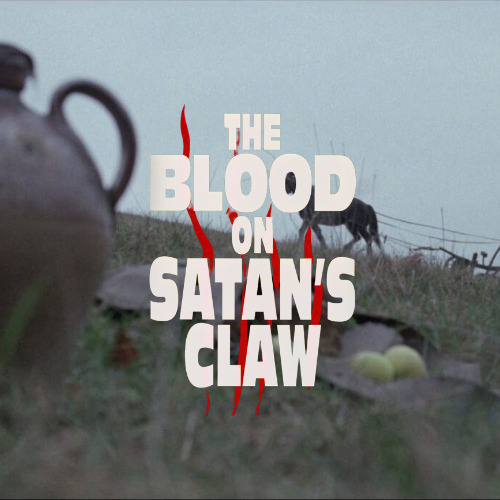
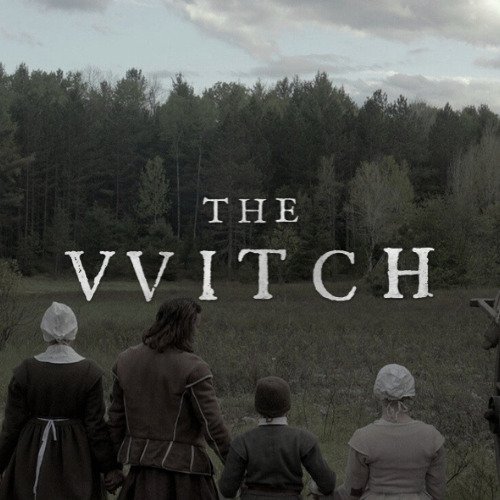
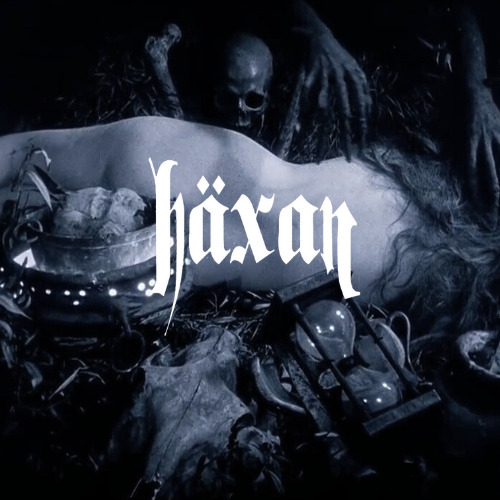
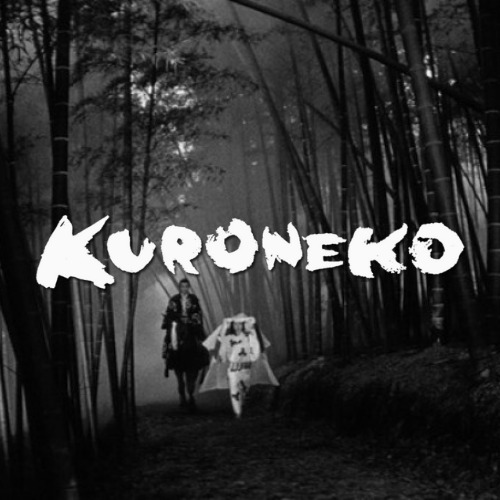
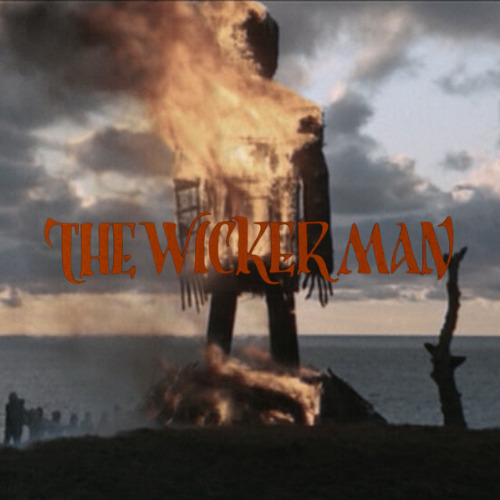

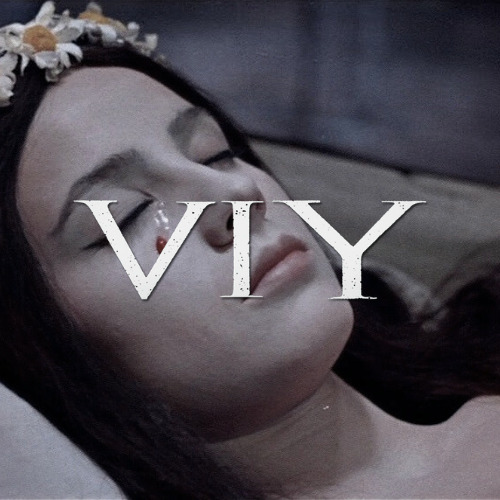



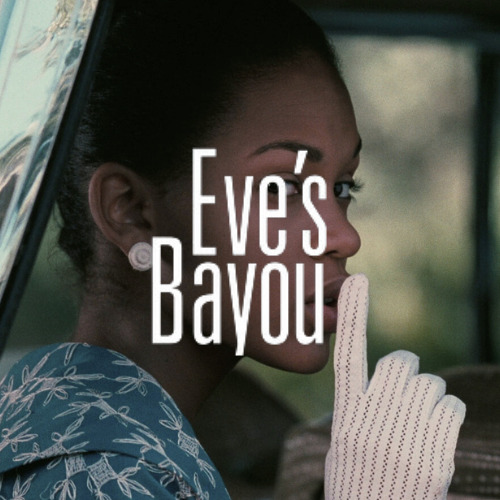




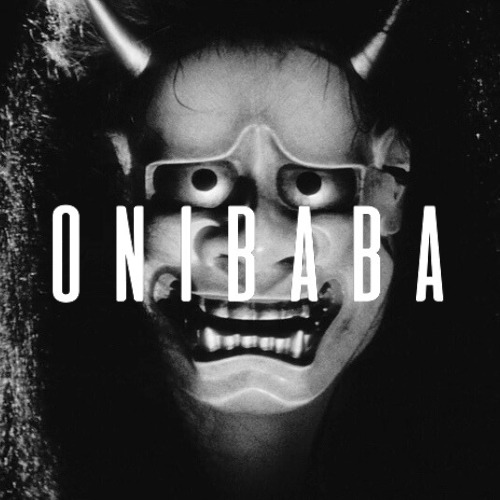
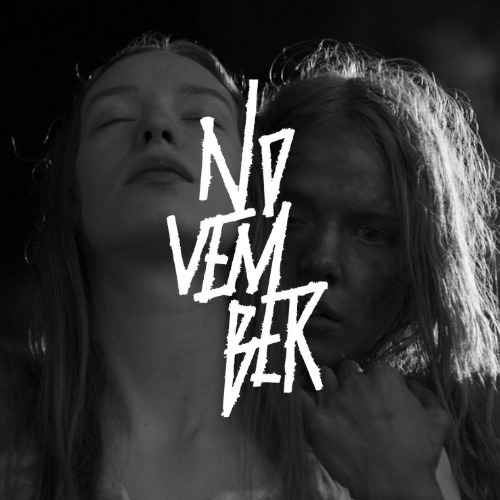
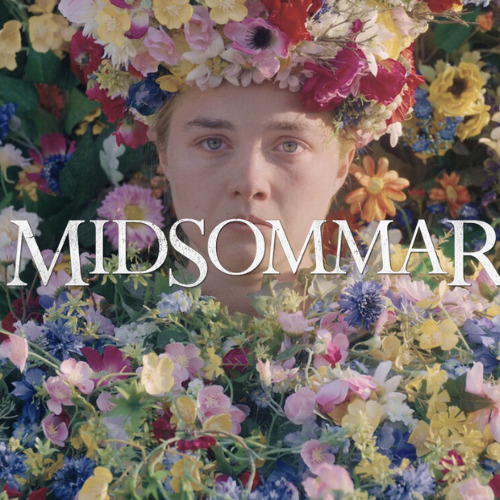

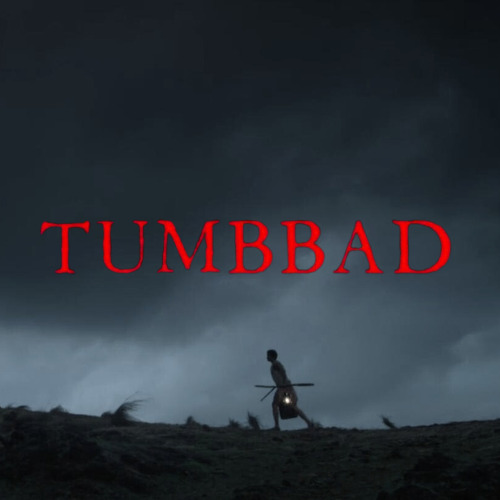
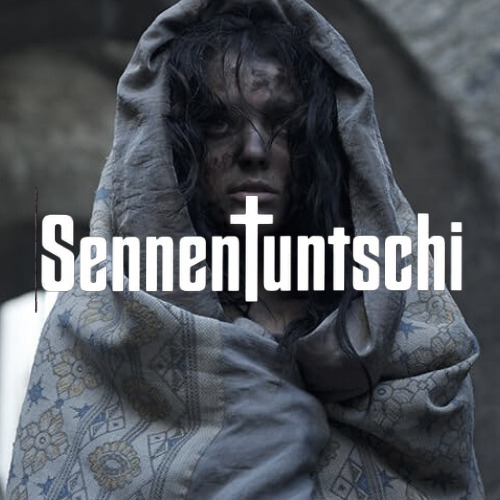

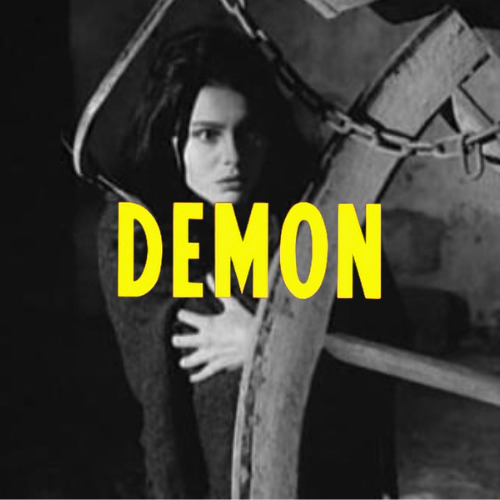





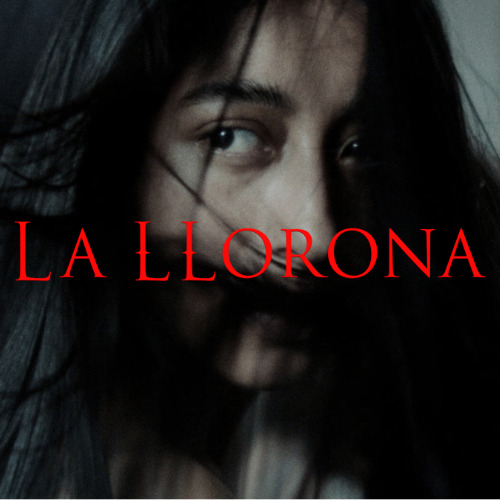
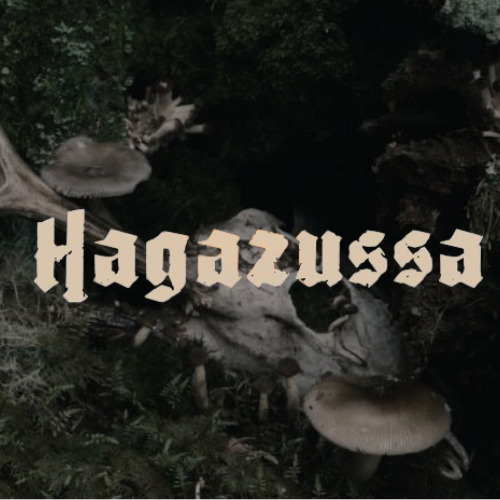
horror sub-genres: folk horror
#horror#horror movies#folk horror#horroredit#moviesedit#filmedit#cinema#horror cinema#horror aesthetic#the blood on satan's claw#the vvitch#haxan#kuroneko#the wicker man#the conquerer's worm#viy#the wailing#apostle#a field in england#eve bayou's#the ritual#the white reindeer#robin redbreast#impetigore#onibaba#november#midsommar#kwaidan#tumbbad#sennentuntschi
6K notes
·
View notes
Text










'怪談' Kwaidan 1964 | dir. Masaki Kobayashi
#*#kwaidan#films#filmedit#filmgifs#horroredit#classichorrorblog#horrorfilmgifs#moviegifs#filmreel#userlenie#albertserra#usermichi#usersnat#userbrittany#userhayao#1k
1K notes
·
View notes
Text
#the thing#the thing 1982#the silence of the lambs#psycho#psycho 1960#alien 1979#the cremator#the cremator 1969#alien#cure#cure 1997#the shining#the shining 1980#kwaidan#kwaidan 1964#rosemarys baby#rosemary's baby#twin peaks fire walk with me#twin peaks fwwm#fire walk with me#horror#horror films#horror film#horror film poll#horror poll#poll#horror movie#horror movies#horror movie poll#movie
316 notes
·
View notes
Text









Kwaidan (1964)
Directed by Masaki Kobayashi
Cinematography by Yoshio Miyajima
#art#art history#artists on tumblr#aesthetic#film photography#beautiful photography#film#movie#cult film#kwaidan#kobayashi#masaki kobayashi#japan#japanese art#japanese#japanese culture#japanese language#painting#japanese movie#japanese film#japanese folklore#japanese flower#japanese fashion#asian art#asian movie#asian film#60s art#60s#60s movies#60s film
381 notes
·
View notes
Text
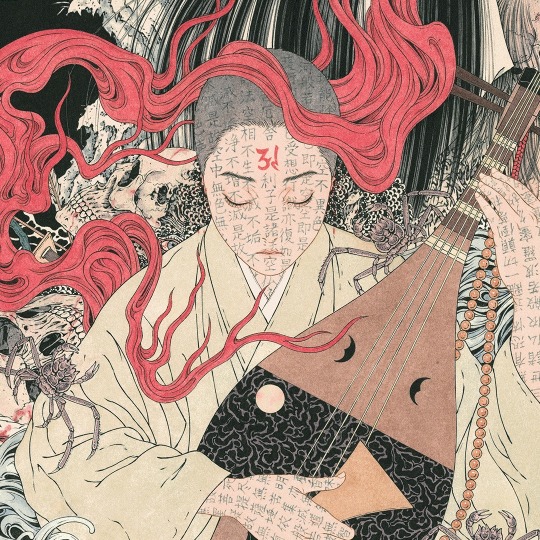

Takato Yamamoto: Kwaidan (2023)
1K notes
·
View notes
Text

Heart Sutra ~ A sutra that describes “The Heart of the Perfection of Wisdom" (9)
Hoichi the Earless – A Japanese tale about spiritual merit of the Heart Surtra
When Xuanzang crossed the Silk Road to India, recited the heart Sutra and protected himself from evil demons through its spiritual power. (Ref). There is a folk tale in Japan that tells its spiritual merit.
A young Biwa-hōshi (lute monks) named Hoichi lived at Amida-dera Temple in Akamaseki. Hoichi was a master storyteller of the Tale of the Heike, especially the Dannoura battle, which is said to ‘make even the demons shed tears’.
The Battle of Dannoura was a historical fact, once a decisive battle between the Genji and Heike clans, with many Heike warriors and court nobles sinking to their deaths in the sea, and perished. The temple was built on the coast overlooking Dannoura to commemorate the Heike family.
One night, when the abbot is away, a warrior suddenly appears out of nowhere. Hoichi is begged by the warrior to go to the palace of the ‘nobleman’ to play his biwa. Although the blind Hoichi could not understand them, many noblemen seemed gathering. They requested a piece about the battle of Dannoura. Everyone is sobbing aloud and looking intensely moved. Hoichi is asked to play a whole week, and starts going out every night.
The abbot became suspicious and had temple men follow him one night. It was raining heavily, and Hoichi was alone in the empty cemetery of the Heike clan, playing his biwa in front of the grave of Emperor Antoku, who had died an untimely death as a child, surrounded by a frighteningly large number of demon firebrands. The astonished temple men forcefully bring Hoichi back home. The abbot then, knowing the nature of the grudge spirits that the body parts on which the sutras are written are transparently reflected and invisible, copied the Heart Sutra on Hoichi's whole body together with the temple men, so that the grudge spirits could not recognise Hoichi. However, they did not realise at the time that they had forgotten to copy the sutra on his ears (auricularia).
That night, as Hoichi sat alone, the warrior came for him as usual. However, Hoichi's body, on which a scripture is written, is invisible to the grudge spirit. Puzzled, the grudge spirit looked around for Hoichi, and found only his ears in the darkness, which were forgotten to copy the sutra. The grudge spirit used its monstrous power to tear the ear off Hoichi's head. The spirit left, silently. When the abbot returned at dawn, he realised that when he had written the Heart Sutra on Hoichi's body, he had forgotten to write the sutra only on his ears, and apologised to the bloodied Hoichi for his oversight.
After that, the Heike ghost never appeared before Hoichi again, and the wound in Hoichi's ear was soon healed by the good doctor. This strange event spread throughout the world, and he came to be known as ‘Hoichi the Earless’.
(There is also a version where Hoichi dies.)
[Image below: The tragedy of the young Emperor Antoku drowning in the arms of his grandmother, Taira no Tokiko]

般若心経 〜「智慧の完成」の精髄を述べる経典 (9)
耳なし芳一 〜��般若心経』の霊験にまつわる日本の物語
玄奘三蔵がシルクロードを越えインドに渡るとき、『般若心経』の霊験を信じ口誦し悪鬼どもから身を守ったことは先にも述べた(参照)。その霊験を物語る日本の民話がある。
赤間関の阿弥陀寺に芳一という若い琵琶法師が住んでいた。芳一は盲目だったが、平家物語、特に「鬼も涙を流す」といわれる壇ノ浦の合戦を語る名手だった。(琵琶法師とは、平安時代から鎌倉時代にかけて活躍した僧侶の姿をした琵琶の弾き語りで、ほとんどが盲目だった。)
壇ノ浦の戦いは、かつて源平の決戦となり、多くの平家の武士や公家が海に沈んで没した、という史実である。壇ノ浦を見下ろす海岸に、平家を弔うために阿弥陀寺が建てられた。
ある夜、住職の留守の時に、突然どこからともなく一人の武者が現われる。芳一はその武者に請われて「高貴なお方」の御殿に琵琶を弾きに行く。
盲目の芳一にはよく分からなかったが、そこには多くの貴人が集っているようであった。彼らは壇ノ浦の戦いについての曲を所望した。皆、声を上げてすすり泣き、激しく感動している様子で、芳一は自分の演奏への反響の大きさに内心驚く。芳一は七日七晩の演奏を依頼され、毎晩出かけるようになる。
不審に思った住職は、ある夜、寺の者たちに尾行させた。大雨の降る中、誰もいない平家の墓地で、幼くして非業の死を遂げた安徳天皇の墓の前で琵琶を弾いていた芳一は、おびただしい数の鬼火に囲まれていた。驚いた寺男たちは、強引に芳一を連れ帰る。
そこで住職は、怨霊の「お経が書かれた体の部分は透明に反射して見えない」という性質を知っていたので、寺男たちと一緒に芳一の全身に般若心経を写し、怨霊が芳一を認識できないようにした。しかし、その時、耳(耳介)にお経を写すのを忘れていたことには気づかなかった。
その夜、芳一が一人で座っていると、いつものように武者が迎えにきた。しかし、経文の書かれた芳一の体は怨霊である武者には見えない。怨霊は当惑し、芳一の姿を探し回った挙句、写経し忘れた耳のみを暗闇の中に見つけ出した。怨霊は怪力でもって芳一の頭から耳をも��取った。怨霊はそのまま去っていった。 夜明けに戻ってきた住職は、芳一の全身に般若心経を書いたとき、耳だけにお経を書くのを忘れていたことに気づき、血まみれの芳一に自分の見落としを詫びた。
その後、平家の亡霊は二度と芳一の前に現れることはなく、芳一の耳の傷はすぐに良医によって癒やされた。この不思議な出来事は世間に広まり、彼は「耳なし芳一」として知られるようになった。
(芳一が死亡してしまうバージョンもある)
#heart sutra#spiritual power#buddhism#spiritual merit#ghost story#kwaidan#dannoura battle#emperor antoku#japanese folklore#hoichi the earless#the tale of heike
119 notes
·
View notes
Text
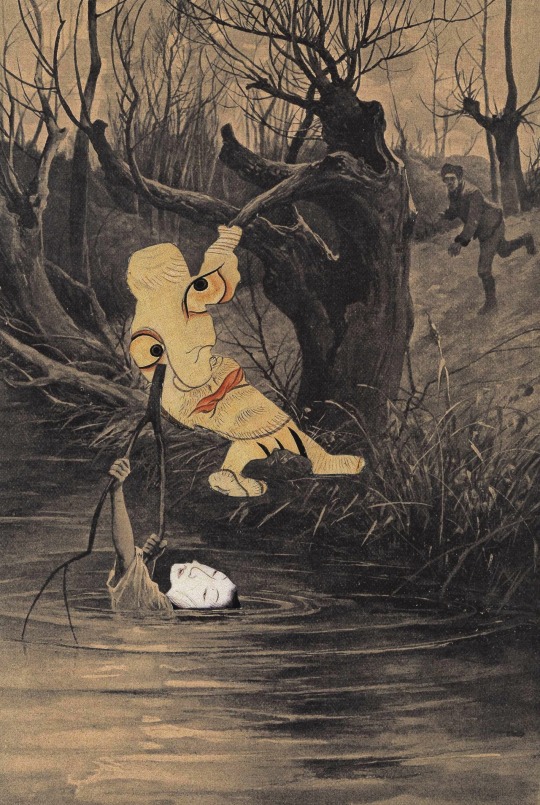
JAN ŠVANKMAJER /
Kwaidan Collage, 2011
664 notes
·
View notes
Text
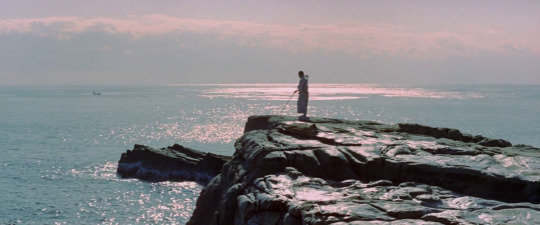
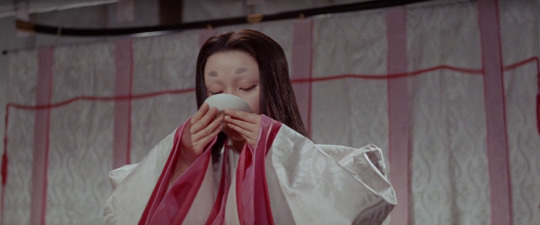
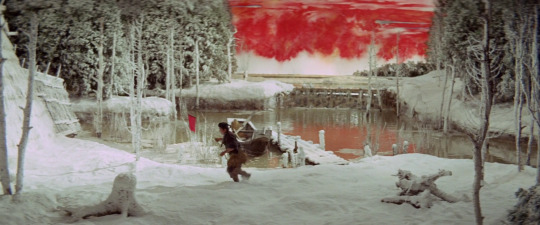
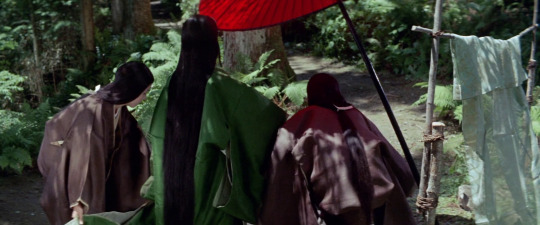
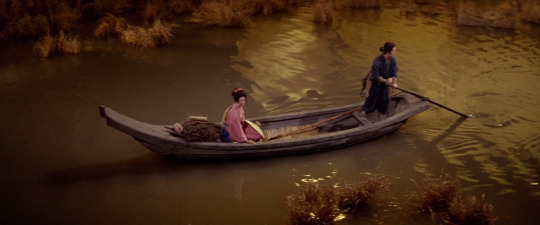
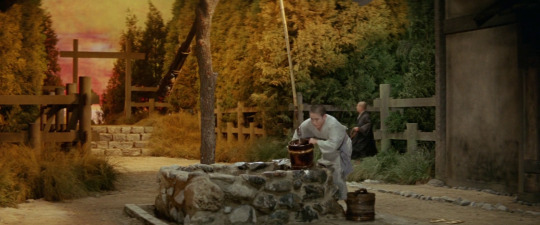
"As long as I live… I'll continue to play the biwa. I'll play with all my soul to mourn those thousands of spirits who burn with bitter hatred."
Kwaidan [怪談] (1964), dir. Masaki Kobayashi
#the talent to make a movie this beautiful#outstanding#kwaidan#Masaki Kobayashi#怪談#japanese cinema#horror#dailyworldcinema#film stills#*
173 notes
·
View notes
Text
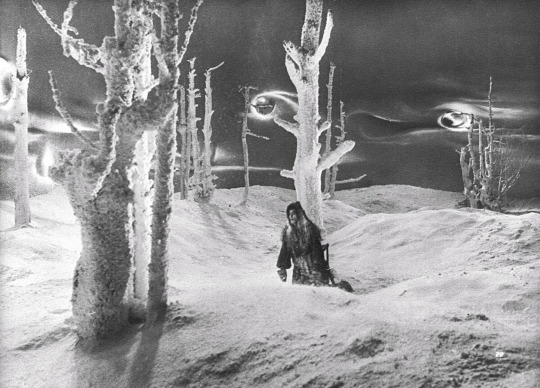
Kwaidan (1964)
214 notes
·
View notes
Note
(this is spacekrakens lmao) dude idk anything about like 1950s Japanese cinema, do you have any recommendations? looking for stuff to toss on the watchlist now that I'm a bit burned out on horror (unless you have some horror recs)
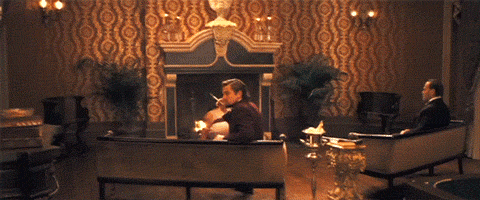
Hey! If you’re curious about Japanese cinema (particularly 1950s), there’s a lot of avenues to explore! Musicals, crime, horror, historical—it all depends on what mood you’re in. (Putting this under a read more because I'm DEFINITELY going to be long posting about this!!!) Hope this is useful to you lol.
(Also noting if anybody wants to add to this list with their own recommendations feel free!!)
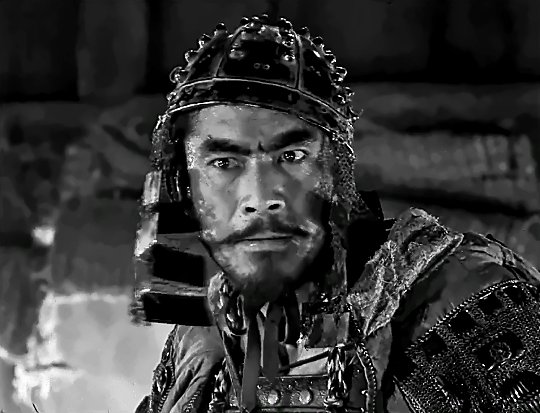
With old school Japanese cinema, I’ll always recommend Akira Kurosawa (obviously). He’s made some of the best Japanese movies (and arguably, the best movies of all time imo) and I feel like his work is a good gateway. It’s readily available on physical media/streaming too.
Specifically ‘50s stuff; Hidden Fortress (1958) is a good adventure flick whose structure was swiped for Star Wars, Throne of Blood (1957) is Japanese Macbeth if you like Shakespeare, and if you don’t mind a longer movie Seven Samurai (1954) includes Toshiro Mifune acting like this;
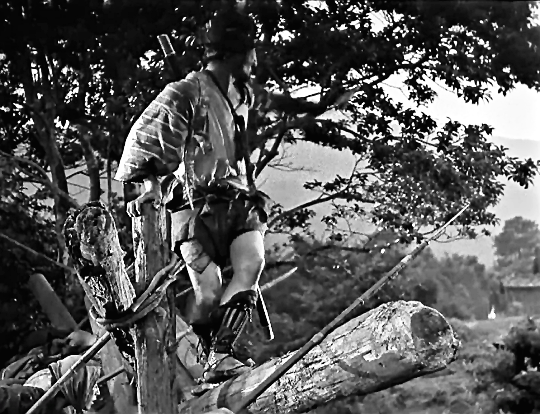
Gotta admit, though—my personal favorites from Kurosawa don’t come from the 1950s; Drunken Angel (1948) and Yojimbo (1961). One has a pathetic gangster as the main lead, the other is just a solid, breezy proto-action film (also has my beloved Unosuke but that's besides the point)
Some personal favorites of mine from the 1950s:
Life of a Horse Trader (1951) is a bittersweet story about a man trying to be a good single father to his son in the backdrop of Hokkaido. He tends not to be great at it. Stars Toshiro Mifune, the most famous face of Japanese cinema and for good reason!
Conflagration/Enjo (1958) is a single Buddhist acolyte’s fall into quiet insanity. Raizo Ichikawa is another amazing actor who I love! Also includes Tatsuya Nakadai who is the GOAT (in my heart).
Godzilla (1954) is AMAZING! If you liked Gozilla Minus One, it took a lot of familiar cues from this movie. It also technically counts as horror, depending on your definition.
Japanese horror from the 1950s:
Ugetsu (1951) (Not one I’ve seen personally, but it’s on Criterion)
The Beast Shall Die (1958) (American Psycho, but in Showa Japan. Tatsuya Nakadai is terrifying in this and absolutely despicable—stylish movie tho!)
Ghost of Yotsuya (1959) (Old-school Japanese ghost story. Honestly, there are so many different versions of this story on film that you can pick which version to watch and go from there—I’m partial to the 1965 version myself, because of the rubber rats and Tatsuya Nakadai playing a crazy person).
The Lady Vampire (1959) is the OG western-style vampire movie from Japan. Plays around with the mythos a lot, but hey our Dracula looks like this;

Misc movies that I think are neat or good gateway movies:
The Samurai Trilogy by Hiroshi Inagaki, which stars Toshiro Mifune as Miyamoto Musashi. Found that people otherwise uninterested in Japanese cinema really enjoyed this!
You Can Succeed, Too (1964) is one of my favorites from the ‘60s, also directed by Eizō Sugawa. A fun satire on the corporate world that's super colorful with catchy songs.
The Sword of Doom (1966) is also another favorite of mine, starring my beloved Tatsuya Nakadai as another bastard man (seriously though Ryunosuke is FASCINATING to me--). Fun gore effects and action scenes!
Kwaidan (1964) is an anthology of Japanese folk tales, labeled a horror film but in that kinda sorta old-school way. Beautifully shot by my favorite Japanese director Masaki Kobayashi (who, if you like this you should seriously check out his other work!)
#thanks for the ask!#akira kurosawa#tatsuya nakadai#toshiro mifune#raizo ichikawa#japan#film#godzilla#hidden fortress#seven samurai#drunken angel#yojimbo#enjo#sword of doom#kwaidan#you can succeed too#samurai trilogy#the lady vampire#ghost of yotsuya#ugetsu#life of a horse trader#throne of blood#ask
88 notes
·
View notes
Photo




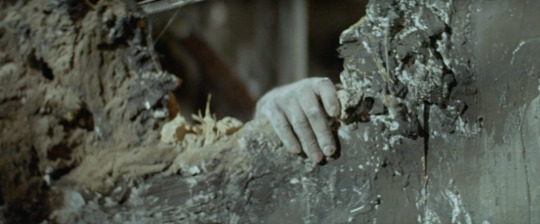
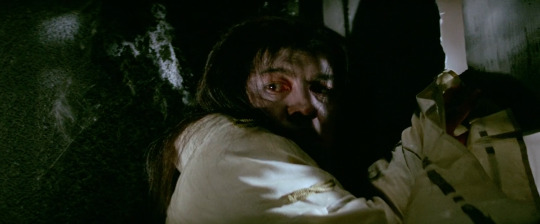

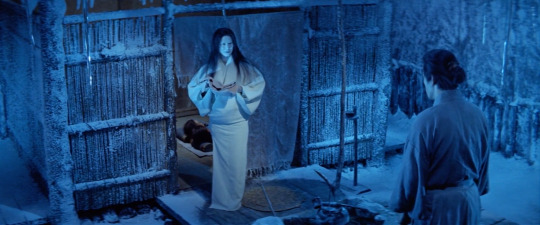
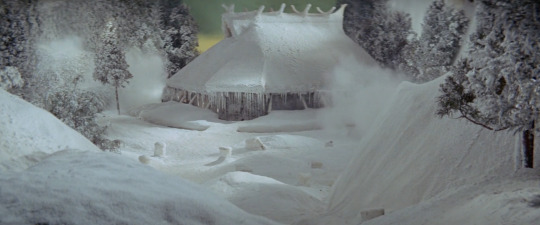
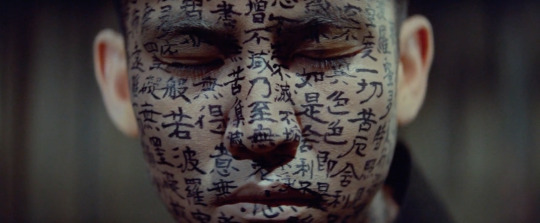
Kwaidan (怪談), 1964, dir. Masaki Kobayashi
135 notes
·
View notes
Text

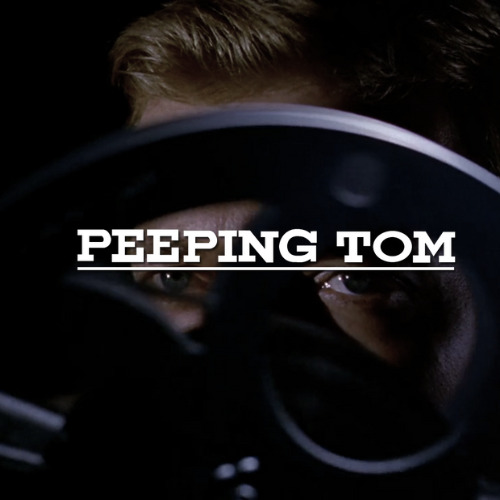
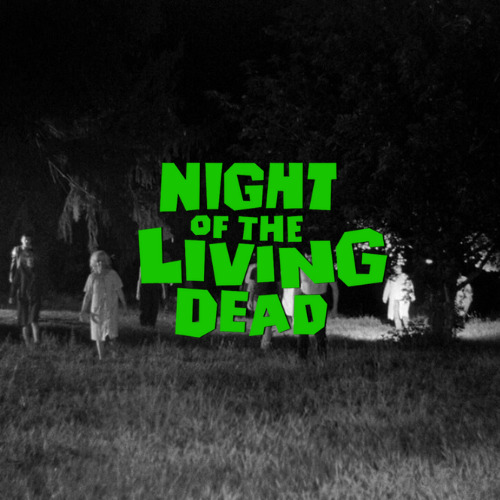
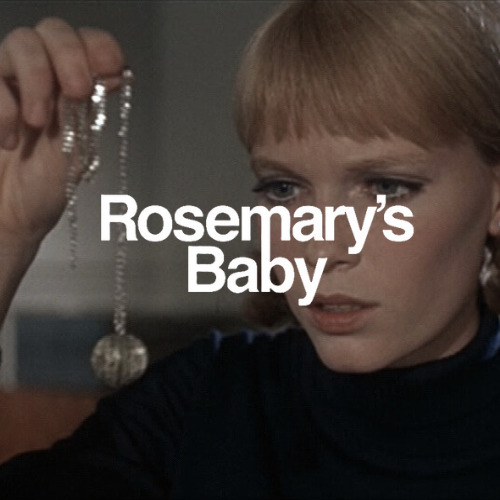
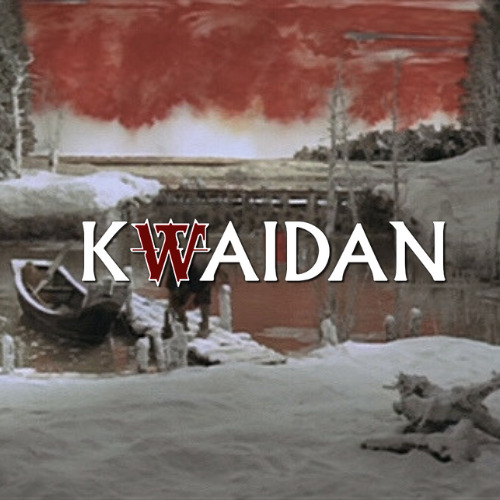
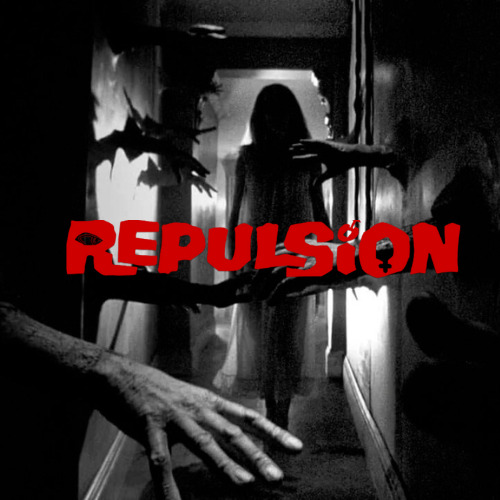
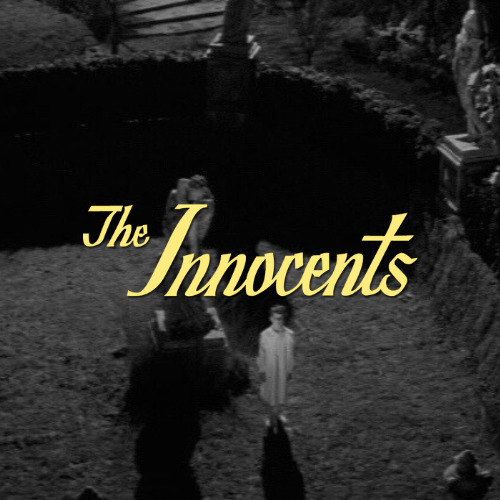
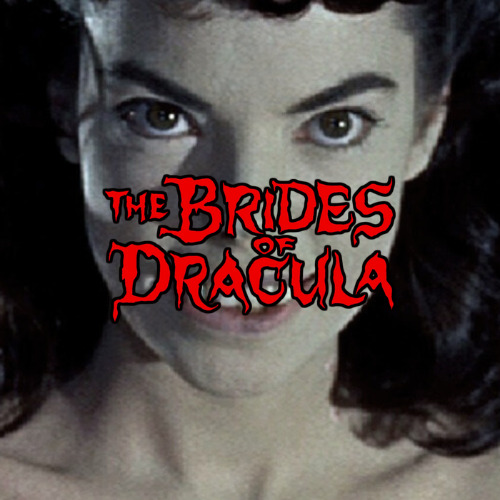
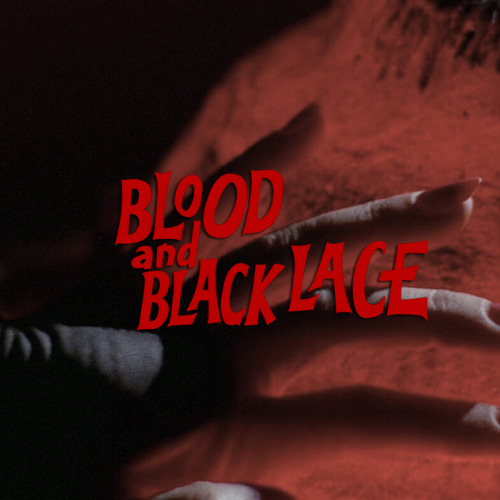

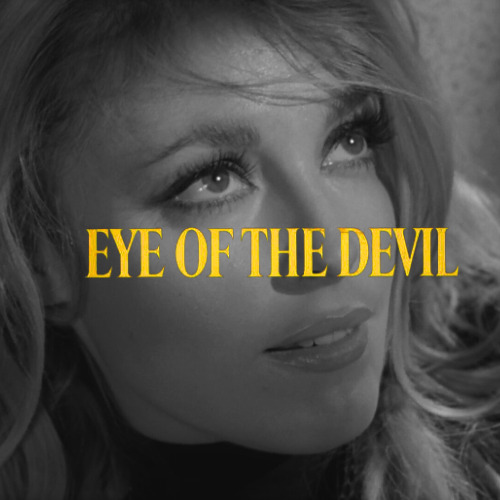
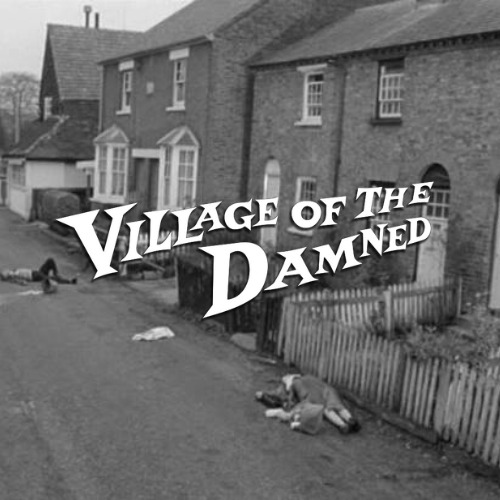
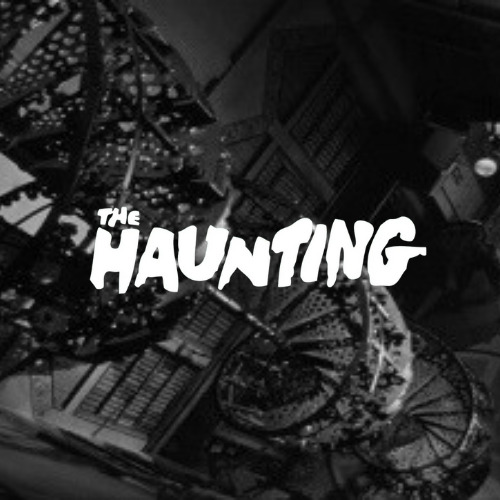
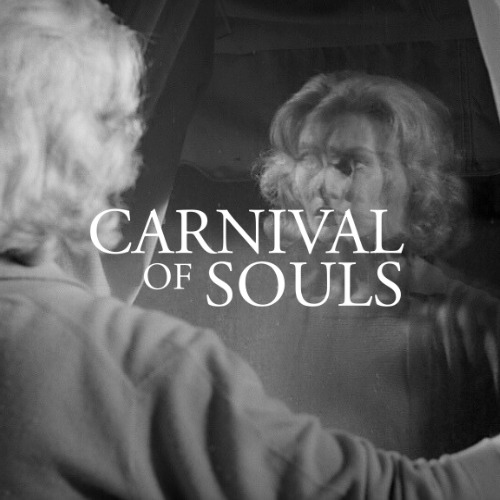

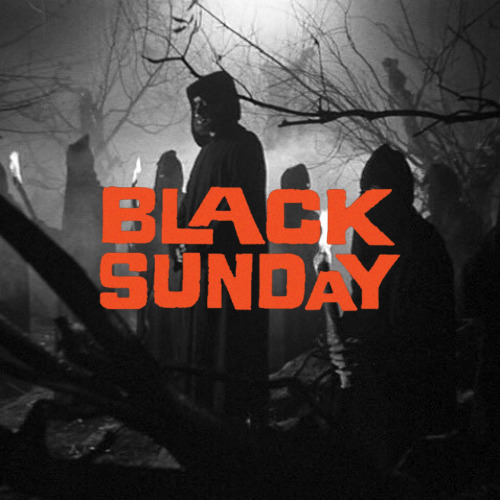
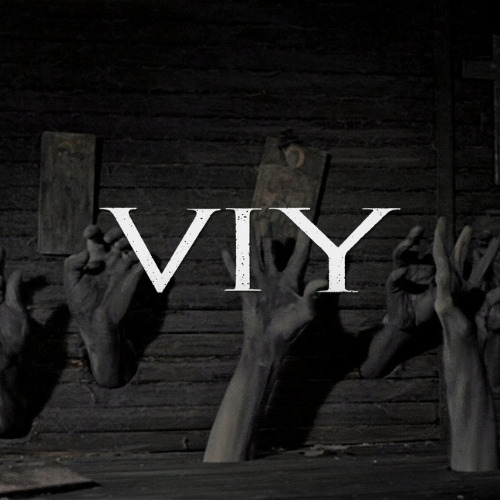
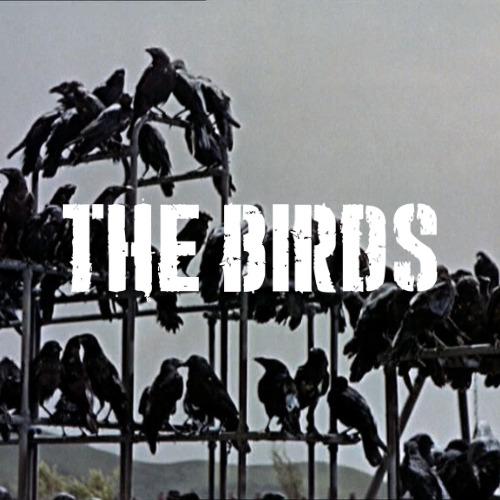
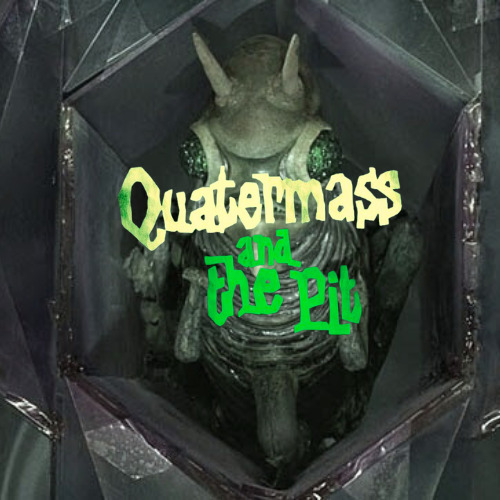

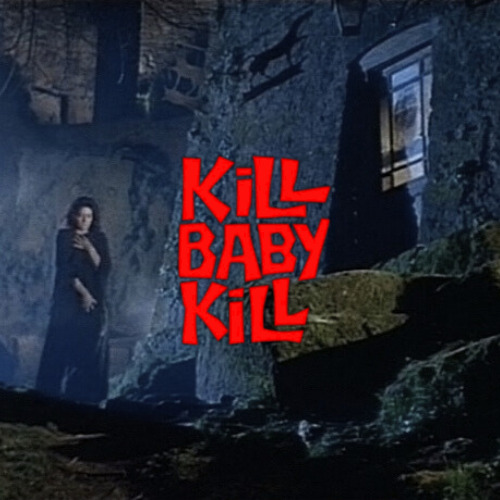
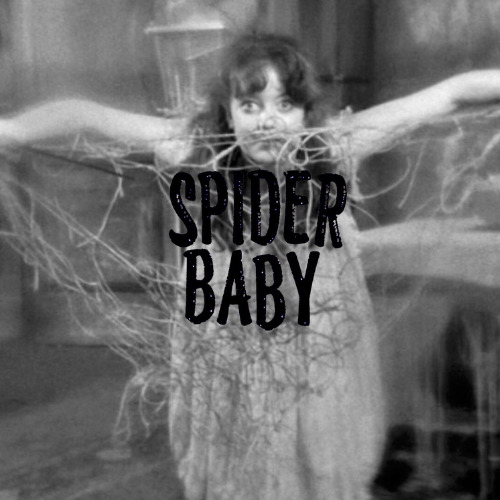


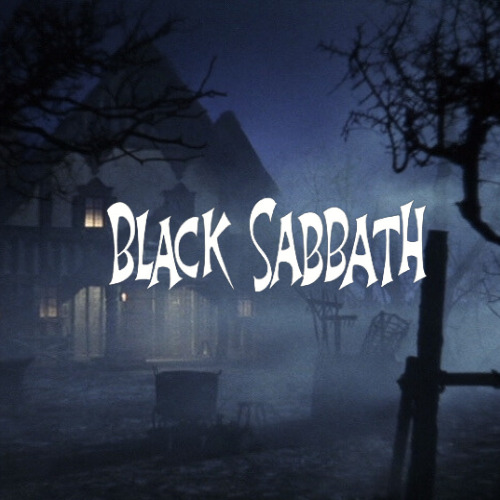
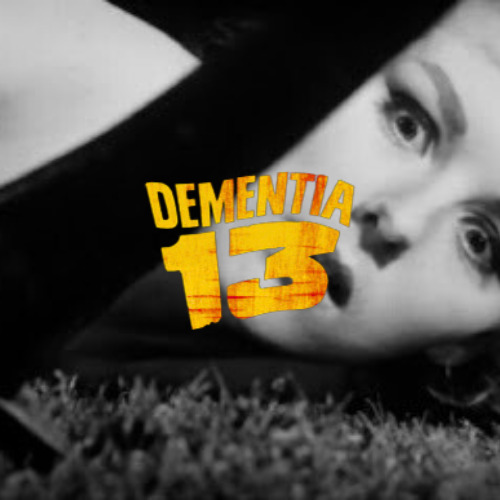


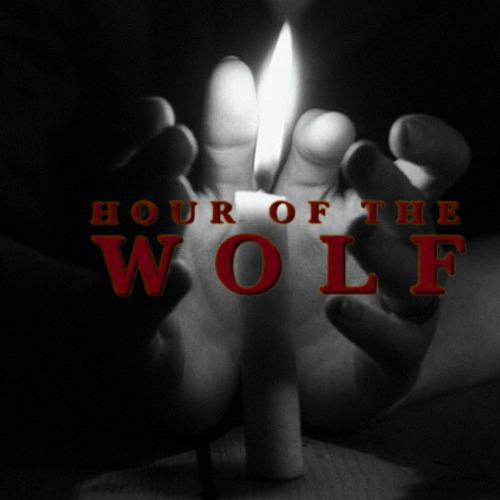

“60s horror movies reflect an era of rapid change and uncertainty, and a yawning generation gap. the social stability of the post-war years crumbled as attitudes to everything from hemlines to homosexuality underwent a seismic shift. horror movies, especially those made for low budgets outside the mainstream studio system, offered ways to process and interpret the rapid pace of change. they often served as cautionary tales about the dangers of abandoning traditional values.”
#horror#horror movies#decades of horror#horror decades#psycho#peeping tom#night of the living dead#rosemary's baby#kwaidan#repulsion#the innocents#the brides of dracula#blood and black lace#the last man on earth#eye of the devil#village of the damned#the haunting#carnival of souls#the masque of the red death#black sunday#viy#the birds#quatermass and the pit#planet of the vampires#kill baby kill#spider baby#eyes without a face#the conquerer's worm#black sabbath#dementia 13
1K notes
·
View notes
Text





scenes from "Kwaidan" (1964)
32 notes
·
View notes
Text









Kwaidan (1964) dir.Masaki Kobayashi
#kwaidan#masaki kobayashi#60s#horror movies#folk tales#japanese cinema#japanese horror#fantasy movies#Tatsuya Nakadai#Keiko Kishi#Michiyo Aratama#Misako Watanabe#movies#mb#mine#moodboard#aesthetic#horror
14 notes
·
View notes
Text
#horror#horror films#horror film#horror film poll#horror poll#poll#horror movie#horror movies#horror movie poll#movie#movies#film#films#film poll#knock at the cabin#killer klowns from outer space#krampus#king kong#kwaidan#knock knock#kill list#kuroneko#knife + heart#knife plus heart#the keep#knife+heart
19 notes
·
View notes